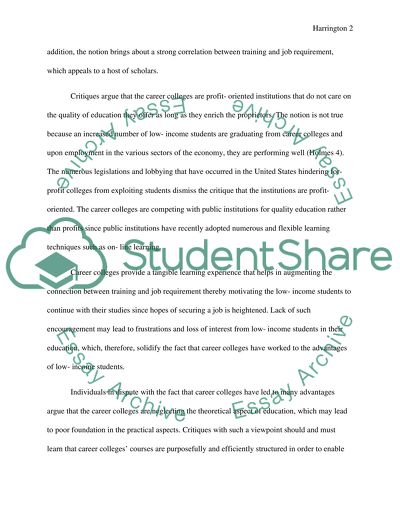Cite this document
(“Position Paper- Essay Example | Topics and Well Written Essays - 500 words”, n.d.)
Position Paper- Essay Example | Topics and Well Written Essays - 500 words. Retrieved from https://studentshare.org/english/1651045-position-paper
Position Paper- Essay Example | Topics and Well Written Essays - 500 words. Retrieved from https://studentshare.org/english/1651045-position-paper
(Position Paper- Essay Example | Topics and Well Written Essays - 500 Words)
Position Paper- Essay Example | Topics and Well Written Essays - 500 Words. https://studentshare.org/english/1651045-position-paper.
Position Paper- Essay Example | Topics and Well Written Essays - 500 Words. https://studentshare.org/english/1651045-position-paper.
“Position Paper- Essay Example | Topics and Well Written Essays - 500 Words”, n.d. https://studentshare.org/english/1651045-position-paper.


